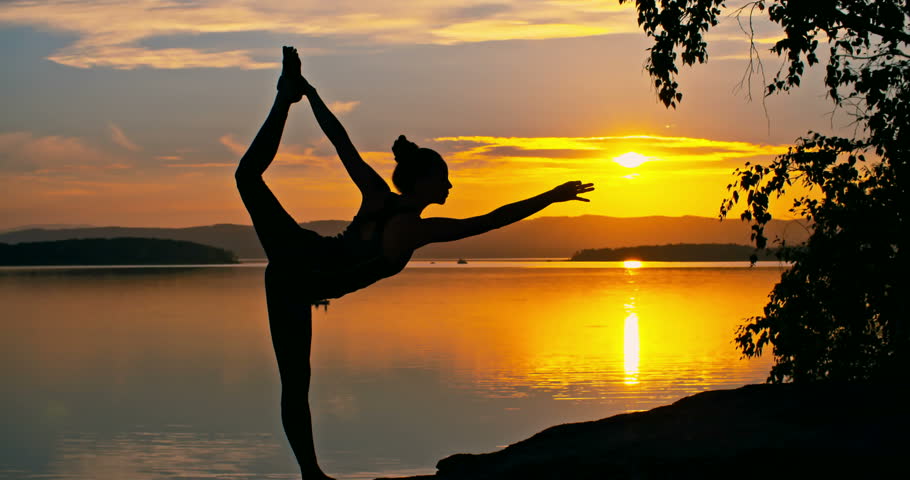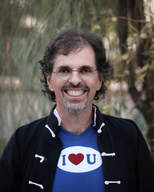|
Everywhere you turn, you can see a profound restlessness building and growing. You may even feel it yourself. Something important is missing from people’s lives. In the past, many of us would seek to fill this void through participation in religious institutions and rituals. But now, we are rejecting conventional religion in unprecedented numbers. Increasingly, a majority of us are admitting that religion does not speak to our hearts.
This trend has been described as a shift from religion to spirituality. Although that may be true, such a shift will not resolve the restlessness we are feeling. The problem is that spirituality implies a pursuit of something outside of ourselves. And this pursuit tends to be intellectual to a certain degree. Never before have spiritual teachings been more readily available; with the click of a mouse, we gain access to sacred texts and all kinds of spiritual insights. Yet we find only a limited degree of fulfillment. A more productive and meaningful trend is beginning to take shape. This is the shift from spirituality to inspiration. Whereas spirituality is a quest, inspiration is an experience: direct, personal, and unmediated. More importantly, this experience involves our entire bodies—not just our minds. In fact, inspiration is most likely to flourish when we silence our mental activity. The shift from spirituality to inspiration may explain why yoga studios are popping up on every street corner at a time when churches are emptying out. One of the seminal texts in the yoga tradition, the Yoga-Bhashya, begins with the words, “Yoga is samadhi.” Although samadhi is often equated with ecstasy, this is not an entirely accurate translation. Samadhi is more closely related to inspiration, a three-fold experience that expresses itself simultaneously at each of the following levels: 1) emotional (blissful, ecstatic delight); 2) physiological (juicy, bursting radiance); and 3) noetic (intuitive, imaginative lucidity). Inspiration connects us with a profound and transcendent reality that abides in each of us. As with any other form of yoga, the yoga of inspiration that I have developed consists of both an experience and a practice. The function of the practice is to draw you into the experience—nothing more. As I explained in Deep Creativity, the yoga of inspiration involves the cultivation of a set of qualities that I call the “Deep Six”: passion, quiescence, receptivity, self-transcendence, unconventionality and vision. Although devotion to this discipline can be helpful, it is important not to get so caught up in the practice that you lose sight of the big picture. If you make the practice a higher priority than the experience, then it is safe to say that you have veered off-course. Inspiration is linked to creativity for a reason. When you master the yoga of inspiration, you gain access to the single most powerful creative force in the universe. At a time when humanity is desperately awaiting a creative revolution, the need for inspiration has never been more urgent. Besides giving rise to the greatest feeling in the world, inspiration has the added benefit of allowing you to tap into untapped expanses of creative potential within yourself. It is also the key to satisfying the restlessness that is being expressed so consistently and pervasively in our society. That is why the shift from spirituality to inspiration is so important.
0 Comments
Leave a Reply. |
I want to hear from you! Please share your questions and comments. And sign up for my newsletter, where I will pass along the insights, ideas, and inspiration that come my way.
Contact me:Archives
November 2023
|


 RSS Feed
RSS Feed
